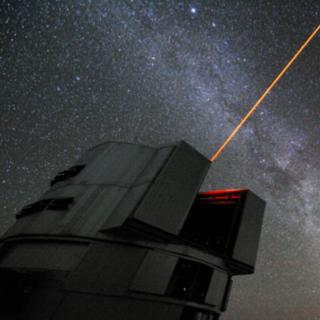Bibcode
Bellazzini, Michele; Magrini, Laura; Jones, Michael G.; Sand, David J.; Beccari, Giacomo; Cresci, Giovanni; Spekkens, Kristine; Karunakaran, Ananthan; Adams, Elizabeth A. K.; Zaritsky, Dennis; Battaglia, Giuseppina; Seth, Anil; Cannon, John M.; Fuson, Jackson; Inoue, John L.; Mutlu-Pakdil, Burçin; Guhathakurta, Puragra; Muñoz, Ricardo R.; Bennet, Paul; Crnojević, Denija; Caldwell, Nelson; Strader, Jay; Toloba, Elisa
Bibliographical reference
The Astrophysical Journal
Advertised on:
8
2022
Journal
Citations
4
Refereed citations
4
Description
We use panoramic optical spectroscopy obtained with the Very Large Telescope/MUSE to investigate the nature of five candidate extremely isolated low-mass star-forming regions (Blue Candidates; hereafter, BCs) toward the Virgo cluster of galaxies. Four of the five (BC1, BC3, BC4, and BC5) are found to host several H II regions and to have radial velocities fully compatible with being part of the Virgo cluster. All the confirmed candidates have mean metallicity significantly in excess of that expected from their stellar mass, indicating that they originated from gas stripped from larger galaxies. In summary, these four candidates share the properties of the prototype system SECCO 1, suggesting the possible emergence of a new class of stellar systems, intimately linked to the complex duty cycle of gas within clusters of galaxies. A thorough discussion of the nature and evolution of these objects is presented in a companion paper, where the results obtained here from the MUSE data are complemented with Hubble Space Telescope (optical) and Very Large Array (HI) observations.
Related projects

Galaxy Evolution in the Local Group
Galaxy formation and evolution is a fundamental Astrophysical problem. Its study requires “travelling back in time”, for which there are two complementary approaches. One is to analyse galaxy properties as a function of red-shift. Our team focuses on the other approach, called “Galactic Archaeology”. It is based on the determination of galaxy
Emma
Fernández Alvar